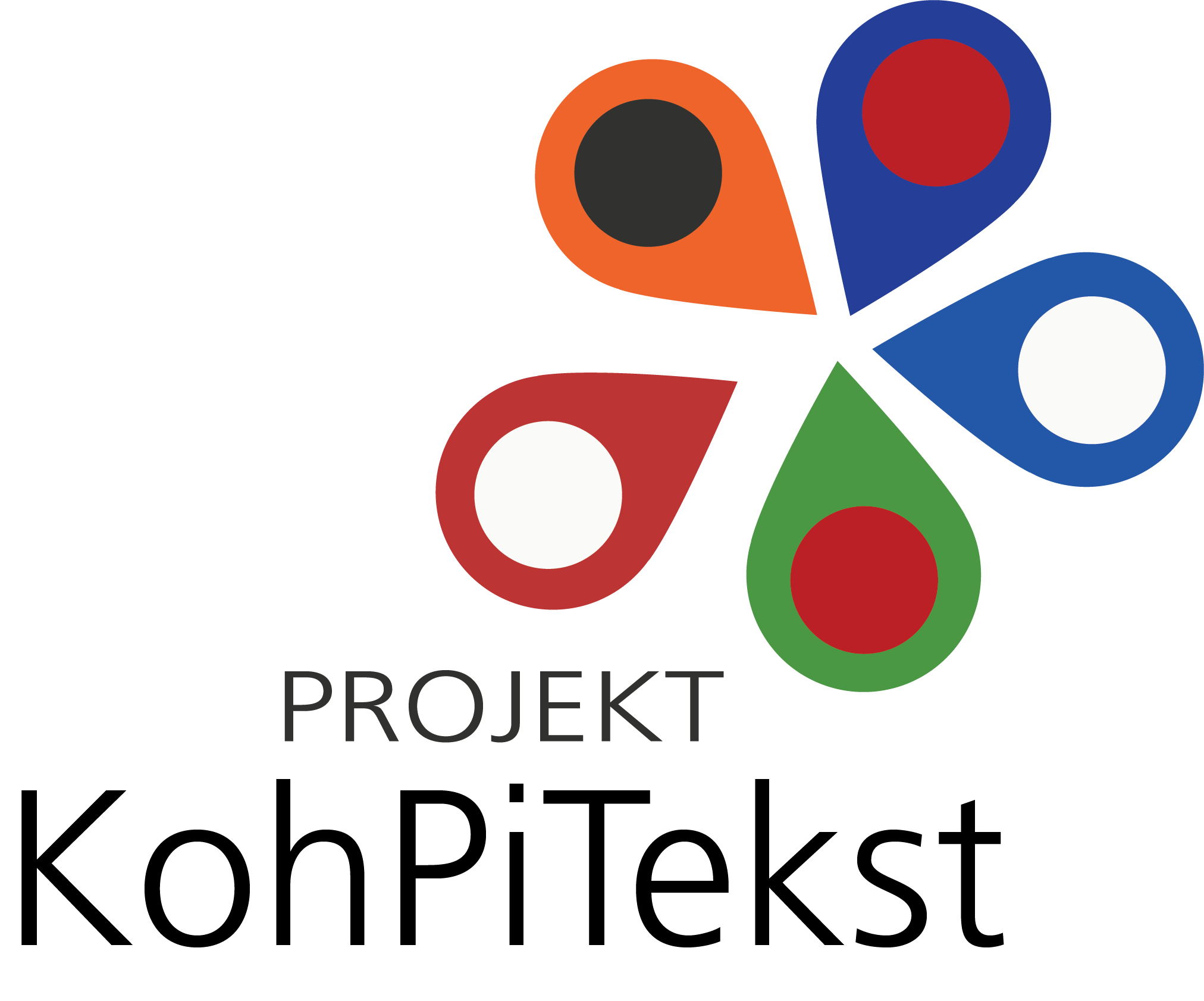Project summary
According to many applied linguists, coherence is a key component of discourse competence. The concept of coherence is related to the whole range of open problems. Therefore, a systematic empirical investigation is needed to address those problems.
The research within this project deals with the description and comparison of coherence features and the ways of developing coherence in texts written by foreign language learners of German, English, Hungarian, French, and Croatian compared to coherence properties and the ways of developing textual coherence in their respective first languages.
The research project will analyse coherence features of texts written by foreign language learners as well as factors influencing (in)coherence in foreign language texts. It will also examine the relationship between the use of cohesive devices and the level of textual coherence in a foreign language. Furthermore, it will investigate potential differences in coherence properties and the ways of achieving coherence with regard to foreign language users’ personal characteristics as well as some external factors. Finally, the strategies employed by foreign language users for developing textual coherence will be examined.
The participants in the research will be 290 students from Croatia, Hungary, Germany and Great Britain as well as 40 educators working as teachers and/or raters of texts written by learners of the abovementioned languages.
Research data will be gathered by means of the following methods and instruments: language tests, surveys, interviews and think-aloud protocols. The data will be analysed using the method of analysing textual coherence, corpus linguistics and statistical methods.
The project research is expected to shed light on the concept of coherence, thus significantly improving its operationalization in empirical research and its application in both language teaching and language testing and assessment. In addition, the research will identify the dimensions of coherence acquired at certain communicative language ability levels and point to typical errors made by foreign language users with respect to textual coherence. As a result, the current knowledge on development of discourse competence of non-native speakers will be broadened, new insights into learners’ interlanguage will be revealed, and developmental models of second language communicative competence will be expanded. The research will show that the differences between foreign language learners in textual coherence result from differences in language systems and cultural schemata. The research will also explain the causes of (in)coherence in non-native language users’ texts. Finally, the strategies employed by non-native language users in achieving text coherence will be described, which will facilitate second language speakers’ writing process and second language teachers’ strategy training.
The description of the state of the art in the research field starts with the findings in the fields of text and applied linguistics. As far as the latter is concerned, the emphasis lies on the areas of foreign language acquisition and language testing. However, the project is highly interdisciplinary; it is grounded in the theoretical and empirical findings in the area of psycholinguistics, pragmatics, discourse and corpus linguistics.



